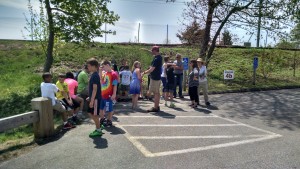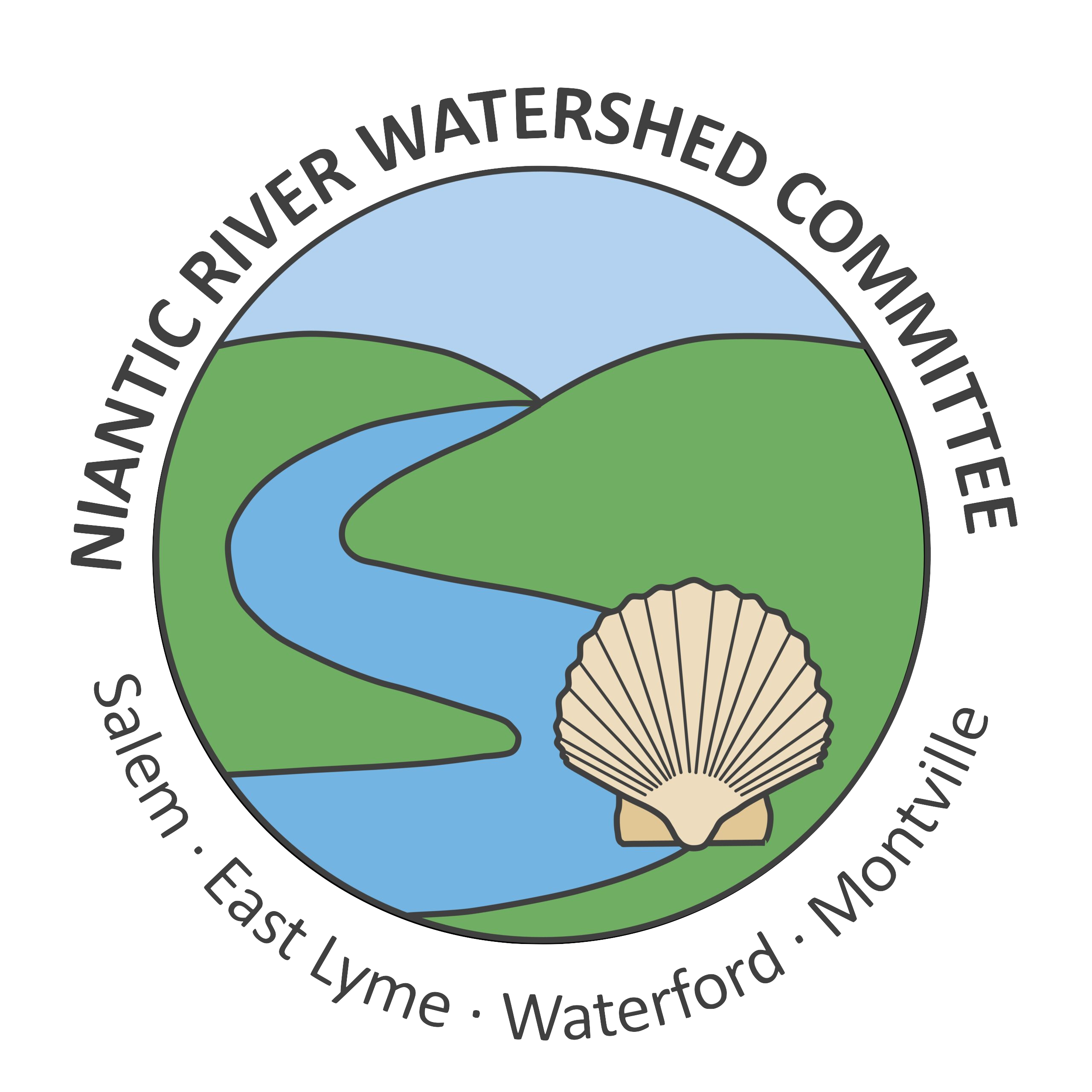Niantic River Nitrogen Work Group (NWG)
The NWG represents a partnership comprised of federal, state, and local managers, research scientists, non-government entities, and members of the NRWC. This group was formed as a condition of the Millstone Power Station’s National Pollutant Discharge Elimination System permit. The focus of this partnership is to understand nutrient loading and its impact on ecosystem functions in the Niantic River, such as water column dissolved oxygen, and eelgrass growth, health, and survival. The NWG meets in February, June, and October at the Millstone Environmental Laboratory to exchange research results and information, provide guidance and advice on studies, identify gaps and data needs, and help guide a path forward towards improved resource management. For information about the NWG, please contact Kelly Streich, CT DEEP, at kelly.streich@ct.gov or 860.424.3864.
NRWC Bacteria Study in the Niantic River
The NRWC sought and received several grants in 2020 and 2021 to support a study designed to measure the amounts of fecal bacteria being directly introduced into the Niantic River through stormwater discharges in East Lyme and Waterford. After delays caused by the COVID-19 outbreak, the study was initiated in summer of 2024 under the oversight of the Monitoring Subcommittee, with our Coordinator Dr. Jamie Vaudrey as the lead. Her summer interns at the National Estuarine Research Reserve assisted in the sampling. Discussions with town staff in East Lyme and Waterford, particularly Alex Klose and Maureen Fitzgerald, helped us to select sampling sites, as did preliminary field observations on stormwater drain discharges and accessibility by Dr. Vaudrey and others. eDNA samples may be taken from selected discharges with high bacterial counts to determine specific sources of fecal bacteria. Results will be reported here when this study is completed.
Hole-in-the-Wall Stormwater Demonstration Project
The NRWC obtained a grant from the Dominion Foundation in January 2024 to repair or enhance the Hole-in-the-Wall stormwater demonstration project in Niantic. This project serves to help cleanse stormwater of pollutants before it enters groundwater and Long Island Sound by infiltration and absorption by various plants. It also serves as an educational demonstration project to the public at large, particularly school children. Since its construction, the basins have been overgrown with invasive plant species, particularly mugwort. However, discussions among our partners in this endeavor, including Town of East Lyme staff, the East Lyme Commission for the Conservation of Natural Resources, and other experts, have concluded that these plants are fulfilling their purpose of removing pollutants from stormwater. The grant will be used to enhance other environmental aspects of this area. Discussions remain underway as to the final disposition of the grant. Once this project is completed, the results will be presented on our website.

Niantic River Watershed Rain Garden Initiative
The NRWC obtained funding from several Dominion Foundation grants to encourage and assist watershed residents in installing rain gardens on their property. Rain gardens are shallow, bowl-shaped gardens that are integrated into existing landscapes. They are designed to intercept rain stormwater runoff from buildings, driveways and streets, temporarily holding it as it infiltrates the ground. This helps to capture contaminated runoff so that pollutants do not end up flowing into our rivers and streams.
If you live in the Niantic River watershed, have a stormwater runoff problem that you would like to correct and are willing to install and maintain a rain garden on your property for a minimum of five years, please contact our Coordinator.
To see rain gardens in action, please view this YouTube video by TreePeople of a project utilizing rain gardens in a Los Angeles neighborhood to manage stormwater runoff. TreePeople is a non-profit organization in Los Angeles “focused on growing a sustainable, climate-resilient Los Angeles–one with sufficient tree canopy, healthy soil, and locally sourced, clean water–even for the most urban neighborhoods.”
Water Temperature Studies in Niantic River Tributaries
NRWC conducted stream temperature monitoring in Latimer Brook, Cranberry Meadow Brook, and an unnamed tributary to Cranberry Meadow Brook to document changes in water temperature due to stormwater runoff, including that from a solar energy project. Cranberry Meadow Brook and Latimer Brook are both considered cold water streams (average summer temperature less than 72° F) and have been documented to support native brook trout. Stream temperature monitoring by NRWC has indicated that although Cranberry Meadow Brook maintains cooler water temperatures during the hot summer months suitable to support cold-water trout species, Latimer Brook, which was formerly known as a good trout fishing stream, has warmed up and no longer supports these species year-round.From May 2013 through May 2014 the NRWC investigated the effect of a solar energy project in East Lyme on a small stream tributary to and the mainstem Cranberry Meadow Brook, the largest tributary of Latimer Brook. We were concerned over possible effects of stormwater discharge from the solar site into these cold-water brook trout streams, which have very good water quality. The tributary stream had been flowing through undeveloped and mostly forested land that was to be mostly clear-cut for the solar energy project. Results of this study indicated that the solar energy site did affect these streams to some extent by increasing water temperature and it also discharged sediments. Based on these findings, the NRWC and our partner Save The River-Save The Hills were concerned about the construction and eventual operation of a much larger solar energy field in Waterford. This led us to place long-term water temperature recorders in Stony Brook and an unnamed stream that would receive stormwater runoff from the solar site and in Oil Mill Brook, which served as an unaffected control site. Water temperature records are available from December 11, 2020 through June 7, 2024, when the study was terminated. A report on data from the first year of this study (December 11, 2020-January 6, 2022) may be found by clicking here.
Data analyses and a final report are still underway and will be made available here when completed.
